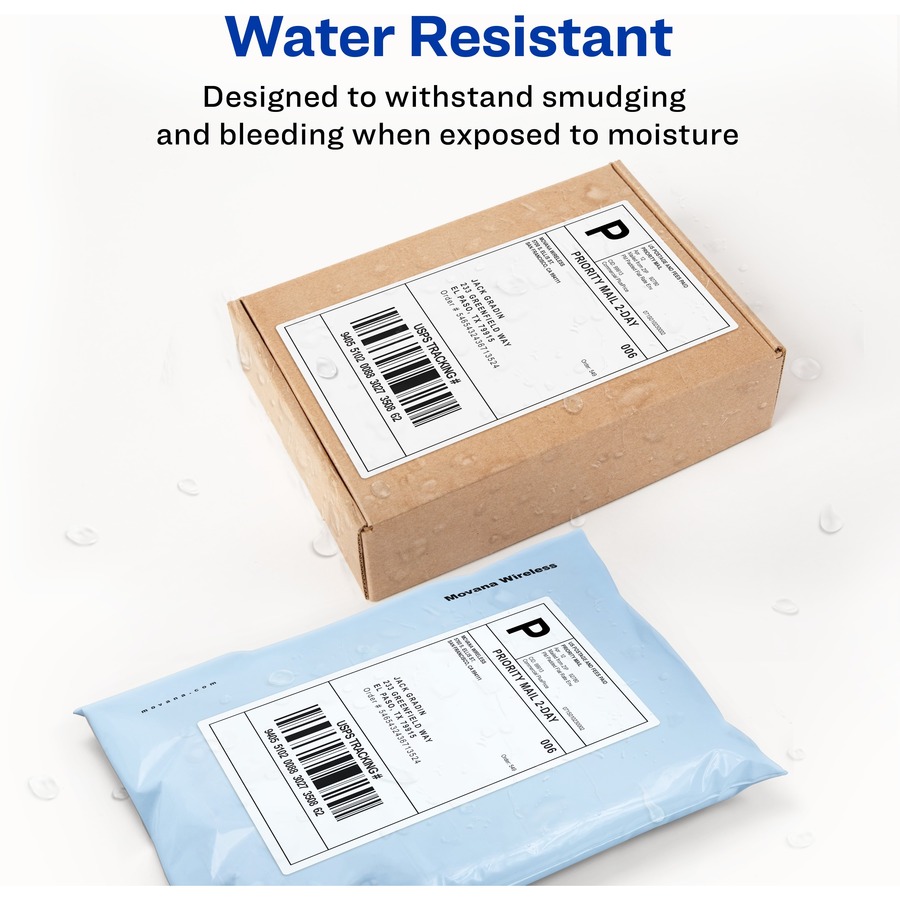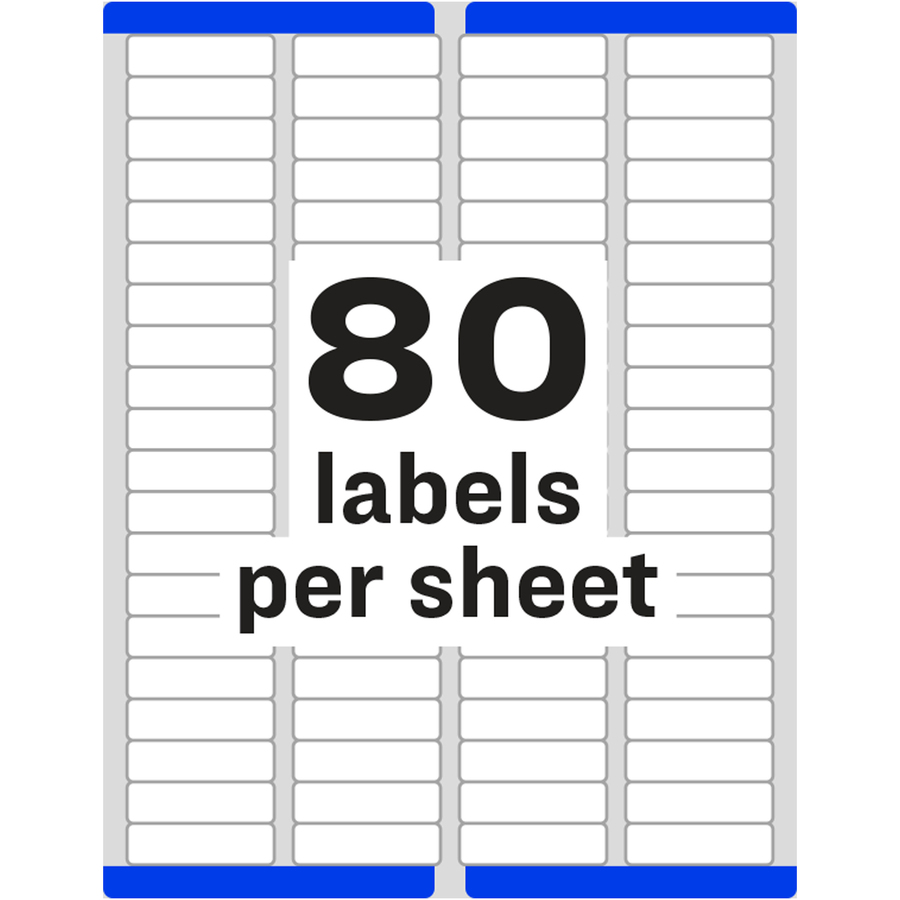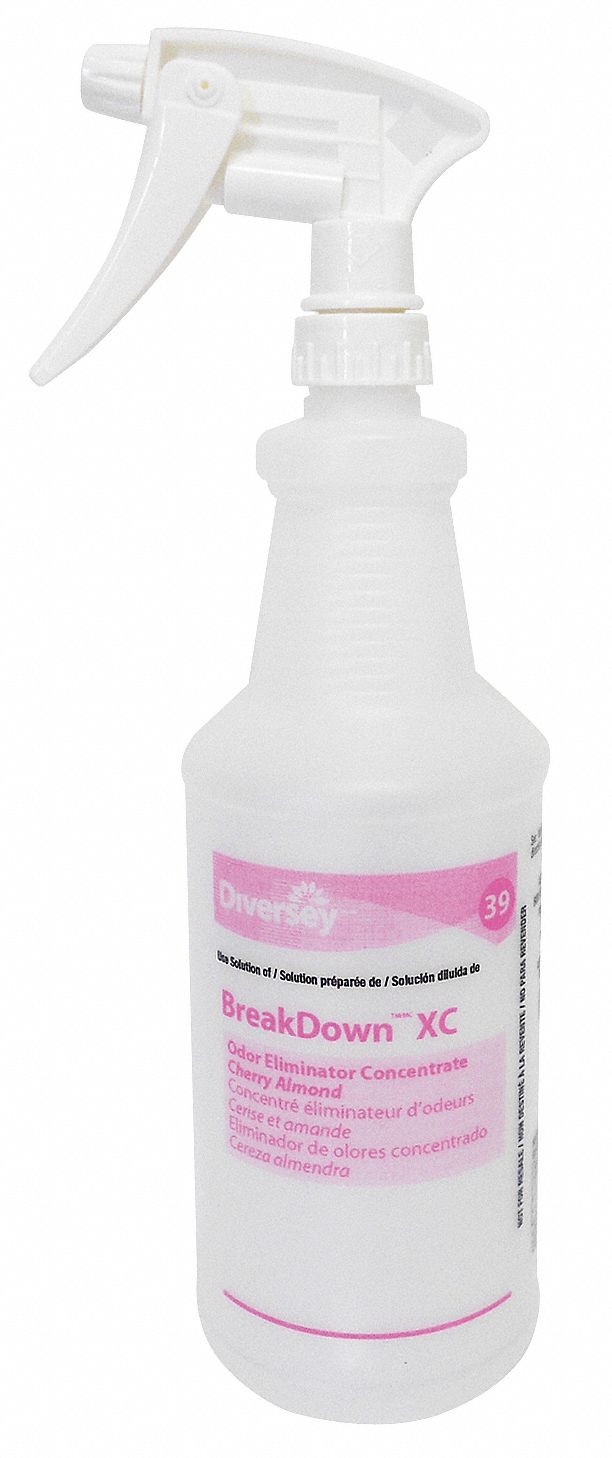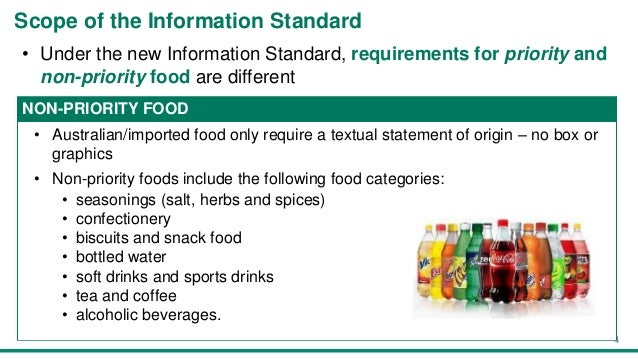45 is country of origin required on labels
CPG Sec. 560.200 Country of Origin Labeling CPG Sec. 560.200 Country of Origin Labeling BACKGROUND: A statement of the country of origin on the labeling of imported foods is not required by the Federal Food, Drug, & Cosmetic Act. This is a... Q&A: Country of Origin Labeling - Chuck Grassley The Country of Origin Labeling Act (COOL) of 2002 required the USDA's Agricultural Marketing Service to implement new food labeling requirements for retail-ready commodities that would allow consumers to know where their food comes from and give producers an opportunity to promote food made here in the U.S.A.
Mandatory country-of-origin labeling (US) - Wikipedia For country of origin labeling in general, see Country of origin § Labelling requirements. Country of origin labeling (COOL) (or mCOOL [ m for mandatory]) is a requirement signed into American law under Title X of the Farm Security and Rural Investment Act of 2002 (also known as the 2002 Farm Bill), codified at 7 U.S.C. § 1638a as Notice of ...

Is country of origin required on labels
Product Labeling Regulations in the US, EU and Australia Warning labels and user instructions. Some labeling requirements apply to all, or a wide range of, product categories. For example, all products in the US must be labelled with the country of origin (i.e., Made in China). In the European Union, many products must be CE marked. Other labeling requirements apply to specific products. Country of Origin Food Labelling Information Standard 2016 Sep 28, 2017 · 33 Food that complies with the Food Standards Code country of origin labelling requirements (1) This section applies to food to which section 15, 16 or 17 applies if its labelling complies with the country of origin labelling requirements in the Food Standards Code, as they stood immediately before the commencement day. Stock in trade What is Country of Origin Labeling? Country of Origin Labeling (COOL) is a law requiring retailers to notify their customers with the country of origin on covered commodities. For more information please visit The Cool Label.
Is country of origin required on labels. Country of origin labelling - Food Standards The Australian Government introduced a country of origin food labelling system under Australian Consumer Law on 1 July 2016. Country of origin labelling requirements for food is in the Country of Origin Food Labelling Information Standard 2016, under the Competition and Consumer Act 2010. These requirements became mandatory on 1 July 2018. eCFR :: 19 CFR Part 134 -- Country of Origin Marking Labels and similar articles so marked that the name of the country of origin of the label or article is visible after it is affixed to another article in this country shall be marked with additional descriptive words such as "Label made (or printed) in (name of country)" or words of similar meaning. What Is Country of Origin Labeling? An Overview According to U.S. Customs and Border Protection (CBP), every article of foreign origin entering the U.S. must be legibly marked with the English name of the country of origin, unless an exception from marking is provided in the law. The country of origin is defined as the country of manufacture, production or growth of an article. Country of Origin Labeling (COOL) Frequently Asked Questions What is COOL? Country of Origin Labeling (COOL) is a consumer labeling law that requires retailers (most grocery stores and supermarkets) to identify the country of origin on certain foods referred to as “covered commodities”. The 2002 and 2008 Farm Bills and the 2016 Consolidated Appropriations Act amended the Agricultural Marketing Act of 1946 to require retailers to notify their ...
Country of Origin Labeling - International Fresh Produce Association As noted above, the U.S. country of origin labeling law requires retailers to notify their customers of the country of origin of covered commodities. Many fruit and vegetable suppliers already provide origin information on their products via a number of ways (Price Look Up stickers, labels, bands, twist ties, etc.), though there are some produce items (i.e. loose green beans) where a sign on ... European Union Product Labeling Requirements: A Complete Guide Country of origin Example: ABC-062020-GZ1-CN Food Contact Materials Labeling Certain types of food contact materials, such as kitchen appliances and tools, must carry the glass and fork symbol represented above. However, it's only needed if the products use as food contact material is not obvious to the end consumer. PDF Country of Origin Labelling Requirements - Comparative Research and ... • different and multiple requirements for an indication of origin: - commercial invoice (and further supportive documentation) - customs import declaration (and further import documents like permits) - certificate of (non-preferential) origin (coo) - proof of preferential origin - origin labelling (and marking) - voluntary labelling as a free … Country of origin food labelling | business.gov.au May 21, 2021 · Our country of origin label resources show you what the different labels are used for and which elements are required for different food products. View our resources ACCC has published a guide to help businesses comply with the country of origin food labelling Information Standard 2016 – country of origin food labelling.
Country of Origin Requirements in the United States: An Overview Apr 27, 2022 · Country of origin rules generally requires that the manufacturing country of origin is permanently labeled on the product and its packaging. However, this is different when it comes to watches. The origin of wristwatches is determined by the origin of the movement, rather than the country of watch assembly. A Brief History and Overview of Country of Origin Labeling Requirements Country of Origin Labeling (COOL) laws and regulations require retailers to notify their customers of the country of origin of covered commodities, which include beef, veal, lamb, chicken, fish and shellfish, goat, pork, perishable agricultural commodities, macadamia nuts, pecans, ginseng, and peanuts. Food labelling: country of origin - GOV.UK country of slaughter. If all these activities took place in a single country, the label 'Origin: [name of country]' is acceptable. For the GB market, 'United Kingdom' is the origin label ... Threading Your Way Through the Labeling Requirements Under the Textile ... The labeling requirements do not apply until the products are ready for sale to consumers. Items shipped or delivered in an intermediate stage of production and not labeled with the required information must include an invoice disclosing the fiber, country of origin, manufacturer or dealer identity, and the name and address of the person or company issuing the invoice. 6 If the manufacturing ...
Country of Origin Marking Requirements | PackagingLaw.com Under the Tariff Act of 1930, every article of foreign origin (or its container) imported into the U.S., unless exempted, must be marked in a manner that will indicate to the ultimate purchaser the article's country of origin. For example, goods originating in China must be marked, "Made in China" or "Product of China."

Avery® Direct Thermal Roll Labels, 4" x 6" , White, 220 Shipping Labels Per Roll, 1 Roll --AVE04156
Country of Origin Marking - U.S. Customs and Border Protection Apr 07, 2016 · A usual container imported empty, whether or not disposable, need not be marked with its country of origin. (A usual container is one in which the good will ordinarily reach its ultimate purchaser.) However, the master container in which the usual containers are imported may be required to be marked with the country of origin of its contents.
Marking of Country of Origin on U.S. Imports Acceptable Terminology and Methods for MarkingEvery article of foreign origin entering the United States must be legibly marked with the English name of the country of origin unless an exception from marking is provided for in the law.
EU - Labeling/Marking Requirements The first step in investigating the marking, labeling, and packaging legislation that might apply to a product entering the European Union is to draw a distinction between what is mandatory and what is voluntary. Decisions related to mandatory marking, labeling, or packaging requirements may sometimes be left up to individual Member States.
Country of Origin Marking Requirements | Keller and Heckman Under the Tariff Act of 1930, every article of foreign origin (or its container) imported into the U.S., unless exempted, must be marked in a manner that will indicate to the ultimate purchaser the article's country of origin. For example, goods originating in China must be marked, "Made in China" or "Product of China."
Country of Origin: Labeling, Marking and Declaring U.S. Imports As we shall see below, determination of country of origin can be geared towards (1) marking and (2) declaration purposes. It is possible to be legally required to mark a product as "Made in Country A," while declaring to Customs that the product is of country's B origin in order to take advantage of the preferential trade agreement.
Country of Origin Labeling (COOL) | Agricultural Marketing Service Country of Origin Labeling (COOL) is a labeling law that requires retailers, such as full-line grocery stores, supermarkets and club warehouse stores, to notify their customers with information regarding the source of certain foods.
Country of Origin Labeling Requirements - BOA Logistics Customs regulations require that every foreign product entering the U.S. must be labeled in English, with the country of origin. The markings must be "clearly and visibly located on the product" and "written legibly and permanently." There are exceptions though! Products not intended for resale Incapable of being marked (ex: extremely small)
Origin Labeling Requirements for Imported Commodities Passed Tuesday, June 15, 2021 We have previously reported on proposed Senate legislation that would require country of origin labeling (COOL) for imported commodities sold online. On June 8, 2021, the...
Compliance FAQs: Packaging and Labeling in the US | NIST title 19, united states code, chapter 4, section 1304 and 19 cfr 134, country of origin marking regulations require that every article of foreign origin (or its container) imported into the u.s. be marked in a conspicuous place as legibly, indelibly, and permanently as the nature of the article (or container) will permit, and in such a manner as …
Country of origin food labelling resources | business.gov.au May 21, 2021 · Imported priority foods must, as a minimum, carry a country of origin statement in a clearly defined box (the box is not required if the food is being sold unpackaged). Example of a country of origin statement in a clearly defined box below: The outline box is not required on imported non-priority food products.
Labelling requirements to import goods on the tongue of the shoe. For shoe insoles, labelling with the country of origin is required. For goods imported as prepacked articles, the trade description must be marked on the package in which the goods are packed, or a label attached to the package. Any person intending to import shoes should refer to section 20 of the Regulation for full ...

Avery® Easy Peel(R) Return Address Labels, Sure Feed(TM) Technology, Permanent Adhesive, 1/2" x ...
What is Country of Origin Labeling? Country of Origin Labeling (COOL) is a law requiring retailers to notify their customers with the country of origin on covered commodities. For more information please visit The Cool Label.
Country of Origin Food Labelling Information Standard 2016 Sep 28, 2017 · 33 Food that complies with the Food Standards Code country of origin labelling requirements (1) This section applies to food to which section 15, 16 or 17 applies if its labelling complies with the country of origin labelling requirements in the Food Standards Code, as they stood immediately before the commencement day. Stock in trade
Product Labeling Regulations in the US, EU and Australia Warning labels and user instructions. Some labeling requirements apply to all, or a wide range of, product categories. For example, all products in the US must be labelled with the country of origin (i.e., Made in China). In the European Union, many products must be CE marked. Other labeling requirements apply to specific products.








Post a Comment for "45 is country of origin required on labels"